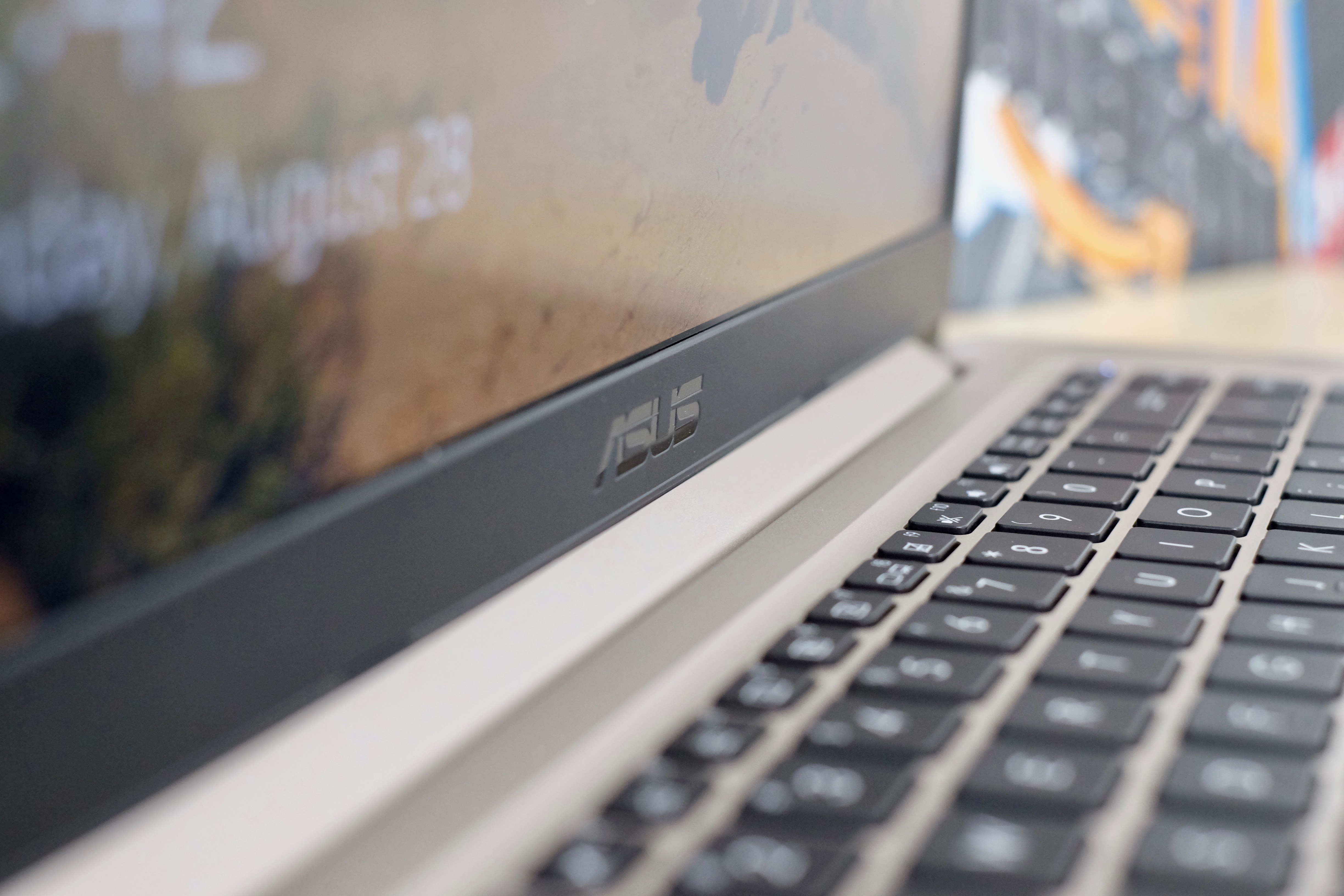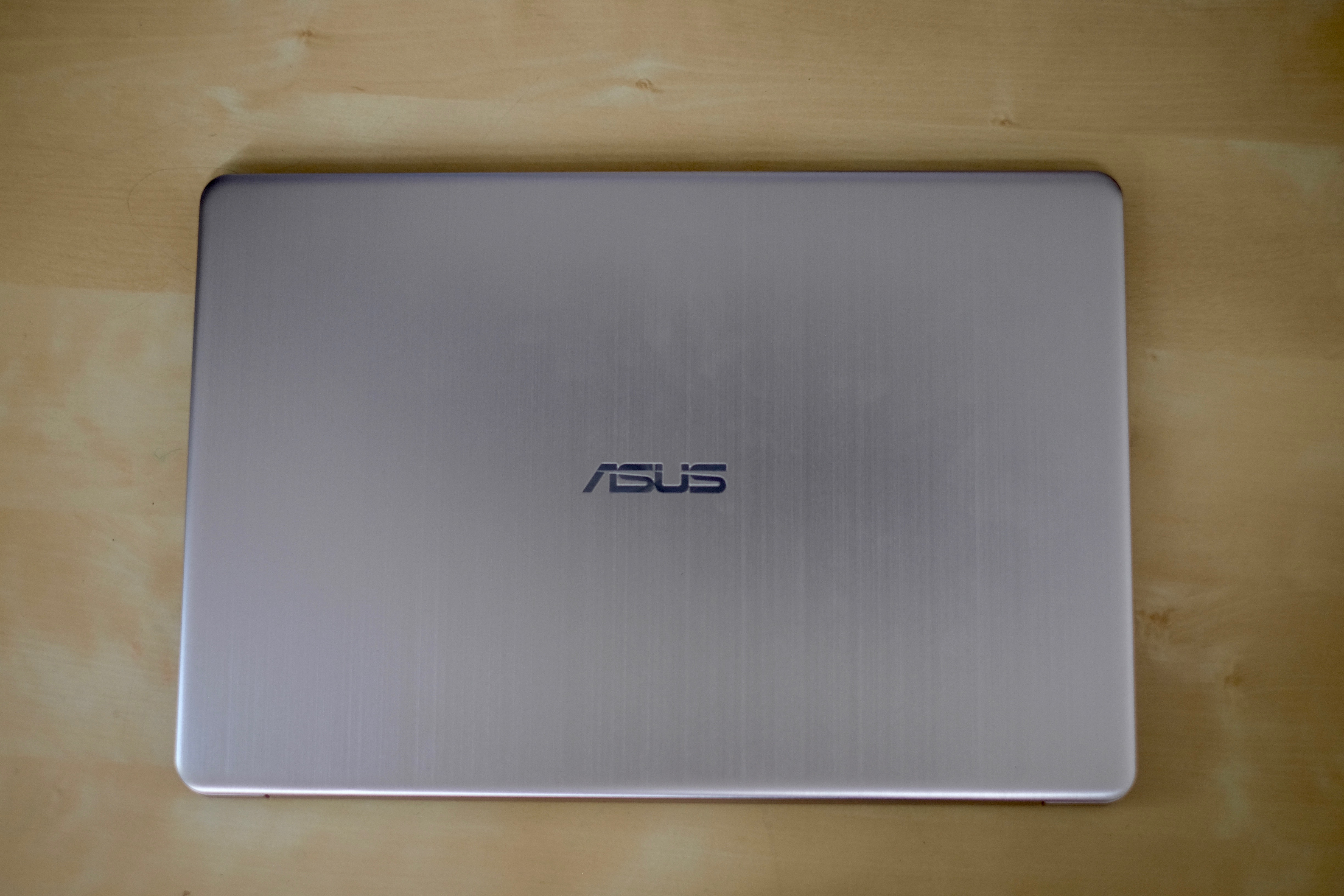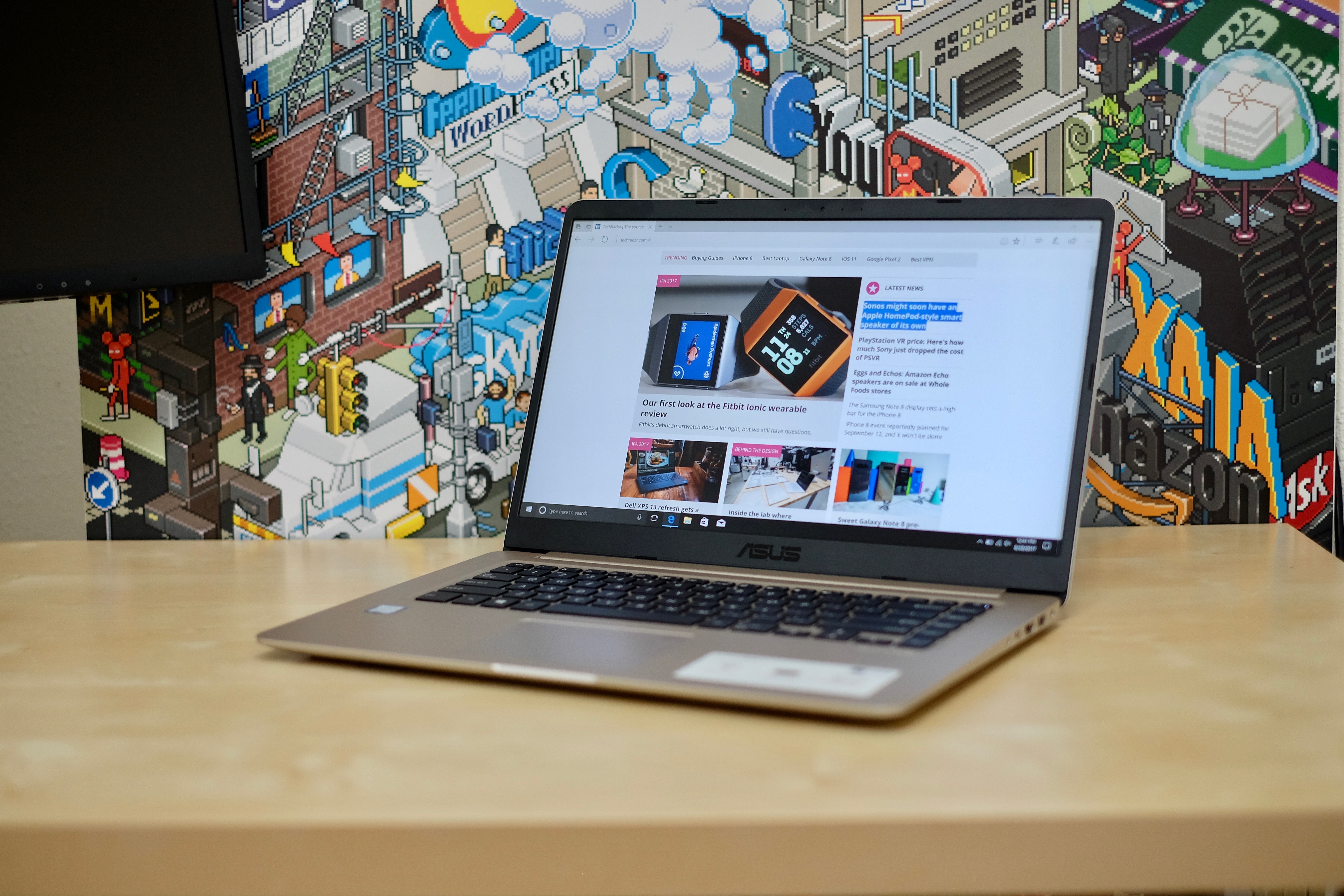Why you can trust TechRadar
Overall, the VivoBook S was a dream to test and use. It kept up with any task we put it up against, and we didn’t notice any significant slowdown or over zealous fans to keep it cool. Between Slack and Chrome, both of which are known to eat away at resources even when idle, the VivoBook S still kept up with our use.
Here’s how the Asus VivoBook S510U performed in our suite of benchmark tests:
3DMark: Sky Diver: 3,784; Fire Strike: 768; Time Spy: 355
Cinebench CPU: 364 points; Graphics: 36 fps
GeekBench: 4,124 (single-core); 8,058 (multi-core)
PCMark 8 (Home Test): 2,870 points
PCMark 8 Battery Life: 3 hours and 12 minutes
Battery Life (TechRadar movie test): 5 hours and 48 minutes
Where the VivoBook S struggled the most, especially against the Dell XPS 13, is in battery performance. Otherwise, it was within a couple hundred points (above or below) in our performance benchmark tests.
But, for battery life, the PCMark 8 test came back at only 3 hours and 12 minutes. In contrast, the Dell XPS 13 hit 4 hours and 3 minutes.
The biggest difference was during our movie test, with the VivoBook S registering 5 hours and 48 minutes, whereas the XPS 13 managed over 7 hours.
A giant sticker on the VivoBook S claims expected battery life is eight hours, or “full workday freedom.” Regrettably, our testing didn’t return those same results.
Touchpad subtleties
Out of the box, the touchpad is set up with left and right click sections, separated by a line in the middle of the plastic covered touchpad. Click within either section and it initiates the respective action. This isn’t an uncommon setup, with a lot of fellow laptop makers implementing a similar system.
WIth the VivoBook S, however, we grew frustrated of just how finicky the invisible sections are, resulting in frequent errant right-clicks. As we absent-mindedly scrolled or gestured across the pad to select a link on a web page, for example, we would accidentally trigger a right-click despite our finger staying above the invisible line. Or so we thought, perhaps there’s a subconscious push towards the bottom of the trackpad due to the placement of the fingerprint sensor.
Thankfully, the easy fix is to disable right-click in the lower right corner of the touchpad in the Windows 10 settings menu. But, for those who’d rather use the the bottom corner as either forms of a click, there’s going to be a fine line you’ll need to learn to walk.

Other odds and ends
The keyboard doesn’t deserve strong accolades, nor does it warrant criticism. It’s an average keyboard, with adequate spacing, and suitable travel in the keys.
The 1080p display could be a touch brighter especially for outdoor use. Outside of the brightness issue, the display is sharp, with vivid colors and saturation. It really shines when watching a movie or viewing photos, as well reading crisp text on websites or in documents.
We liked
For the price, the VivoBook S is an affordable laptop that’s sure to please the average user who doesn’t need to edit video files or plan on intense gaming sessions. It’s build quality is stellar, to boot.
We disliked
At risk of repeating ourselves, the fingerprint sensor would benefit from being in a different location. Battery life is a disappointment, too, especially with a laptop of this size.

Final verdict
For those looking for a laptop around the $800 mark, where storage and screen size are the main priorities, the VivoBook S hits all the right notes. Between the hybrid SSD and HDD storage setup, the 7th gen i7, and 8GB of RAM, performance isn’t an issue.
The biggest detractor comes down to battery life, and even then it’s not horrible. It would, however, be nice if it came closer to a full day of use as Asus claimed. All told, you’re looking at an average Windows laptop for the average user that would be worth more serious consideration whenever Asus decides to snip the price a bit.
